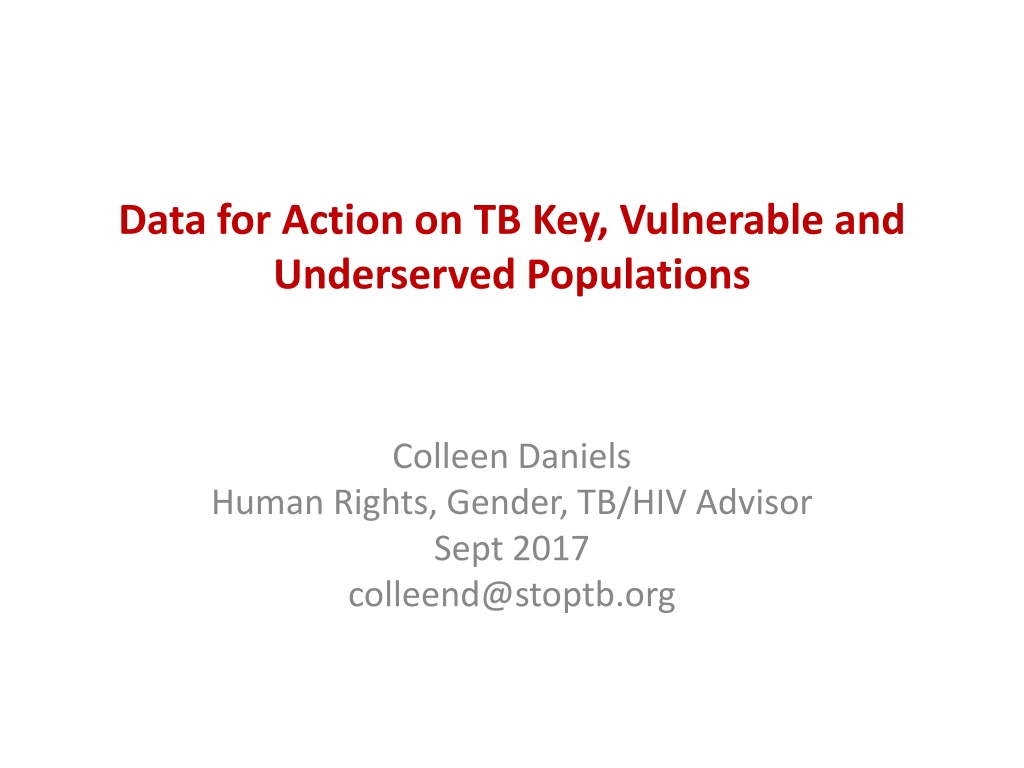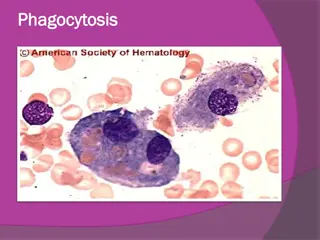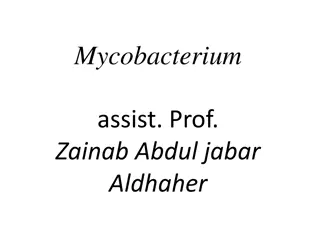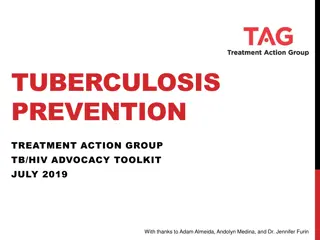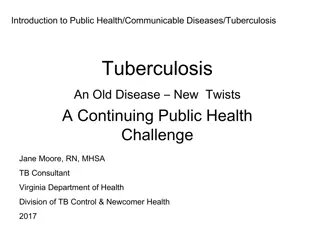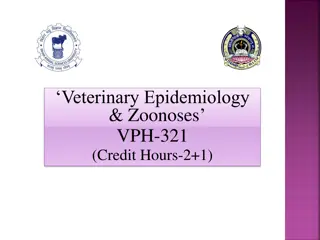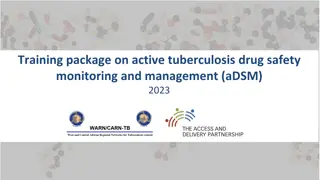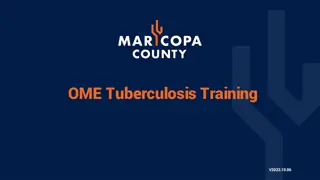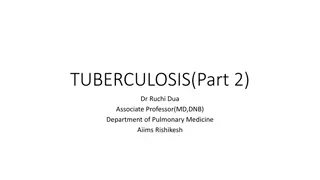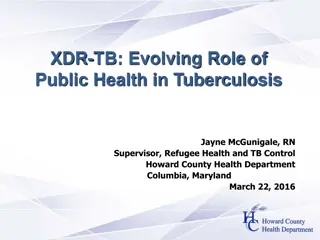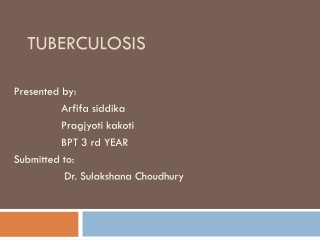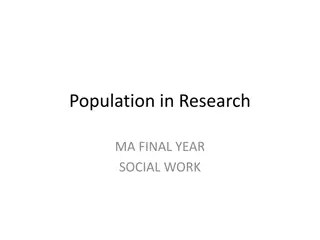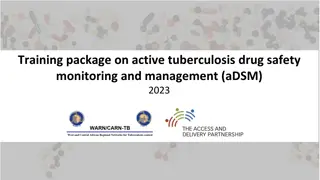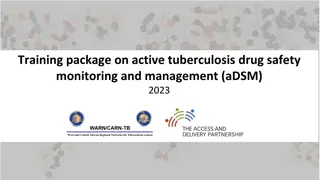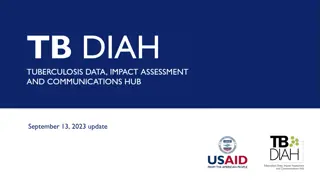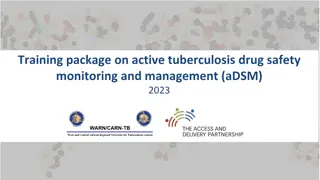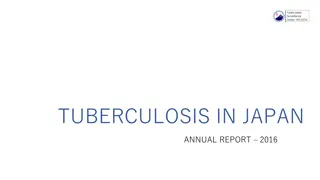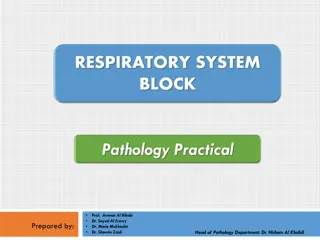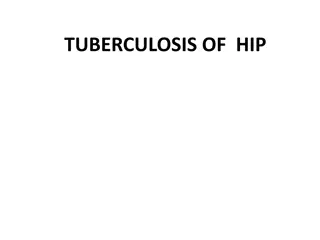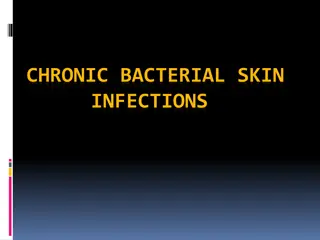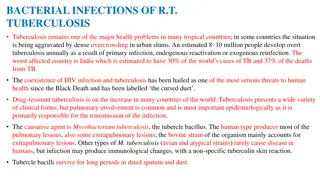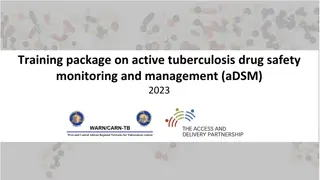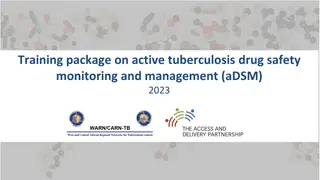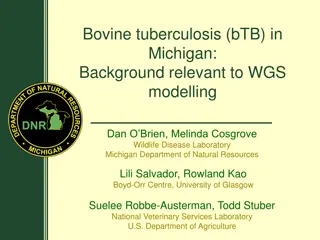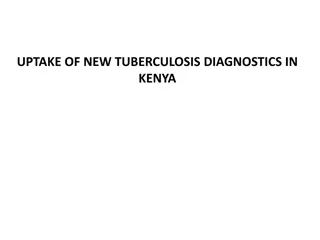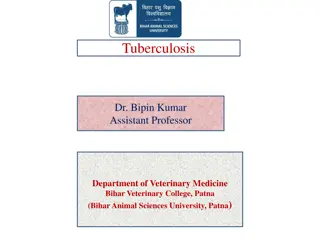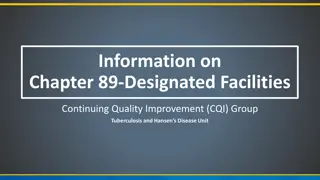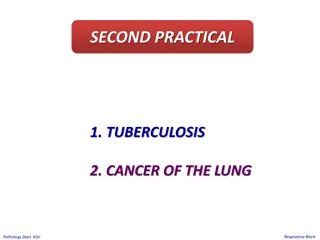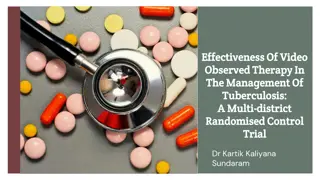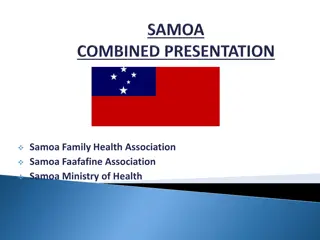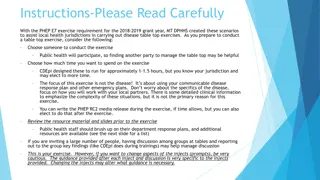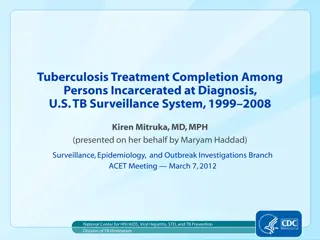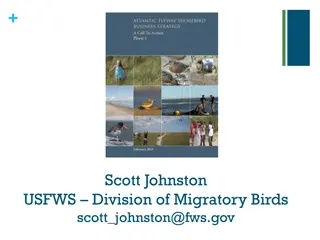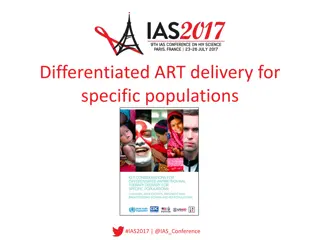Understanding and Prioritizing Tuberculosis Key Populations for Action
This collection of resources explores the identification, understanding, and prioritization of key populations affected by tuberculosis (TB), focusing on vulnerable and underserved communities. It delves into the framework for structuring programs, factors contributing to disease burden, and a range of risks such as environmental, biological, behavioral, legal, economic, and human rights barriers. The content emphasizes the importance of data-driven approaches, human rights considerations, and evidence-based strategies in addressing TB among key populations.
Uploaded on Oct 01, 2024 | 0 Views
Download Presentation

Please find below an Image/Link to download the presentation.
The content on the website is provided AS IS for your information and personal use only. It may not be sold, licensed, or shared on other websites without obtaining consent from the author. Download presentation by click this link. If you encounter any issues during the download, it is possible that the publisher has removed the file from their server.
E N D
Presentation Transcript
Data for Action on TB Key, Vulnerable and Underserved Populations Colleen Daniels Human Rights, Gender, TB/HIV Advisor Sept 2017 colleend@stoptb.org
Understanding Key Populations Source: Cultural Organization (culturalorganizing.org).
Data for TB Key Pops Framework Structure Prioritizing and Planning Programs for Key Populations Understand -ing and Defining Key Populations District/Cit y-level Service Planning Limited Data and Filling Data Gaps Monitoring and Evaluation Possible TB Key Populations Overarching Principles Resourcing Five possible key populations to illustrate data limitation Costs, Savings and Financial Resources National-level prioritization of key populations Multi- Strengthenin g public TB services Service Cascade Specific TB risks, risk drivers, service access barriers Different countries, different context, different key population s stakeholder Tracking from first client contact to treatment success Participa- tory Coordination: Public TB & other government services Rapid assessment / formative research Local-level population size estimates, disease burden and risks Human Resources Human Rights- based Sampling to get city- level estimates National-level population size estimates and risks Coordination: Government and CSO services Information Updates Systema- tically consider all possible population groups at higher risks Community- based Monitoring Five possible key popula- tions to illustrate Gender- responsive Service quality feedback Deriving national estimates from city- level ones Strengthenin g CSO service delivery capacity National Strategic Plan Scientific Expertise Evidence- driven
Prioritizing Key Populations Estimated Contribution to Country s Disease Burden % of all active TB cases 1 Very Low (<1%) 2 Low (1-3%) 3 Medium (3-5%) 4 High (5-10%) 5 Very High (>10%) Environmental Risks Over-crowded Poorly ventilated space Reside in zoonotic TB areas 0 No 1 Yes Biology risks Reduced immunity Poor nutrition 0 No 1 Yes Behavioral risks Drug use Alcohol use 0 No 1 Yes Legal, Economic Barriers Criminalization Poverty Sanctions 0 No 1 Yes Human Rights Barriers Gender Barriers Stigma Discrimination 0 No 1 Yes
National Strategic Plan 1. 2. Key Populations Prioritized Estimated size of prioritized key populations in the country (age and sex disaggregated) Where are they concentrated (geographically, digitally)? What are their key TB risks (environment, biology, behavior, limited access to services) and related drivers (legal, economic, human rights, gender)? What are their TB case finding and treatment services challenges? What TB service package and integration with other services are needed to address these challenges (health, harm reduction, social, community, immigration, labour, police)? Preliminary national targets (outreached, screened, tested, treated, treatment completion) Service and Data gaps that need to be addressed? 3. 4. 5. 6. 7. 8.
TB/HIV Gender Assessment Tool STAGE 1 Preparing for the gender assessment of the national HIV/TB response STAGE 2 Knowing the national HIV and TB epidemics and contexts STAGE 3 Knowing the national HIV and TB responses STAGE 4 Analysing and using the findings of the assessment for a gender- transformative HIV and TB response
Potential Results Key gender issues Recommended HIV and TB gender interventions Remarks Legal/Political D1. HIV and TB-related discrimination cases are rarely if ever brought to court by women, men and key populations due to lack of a clear process and an enabling environment. D1.a. Community organizing and mobilization, including know your rights initiatives and engagement with customary leaders, can help women, men and key populations claim their legal rights and minimize the impact and further spread of HIV and TB
